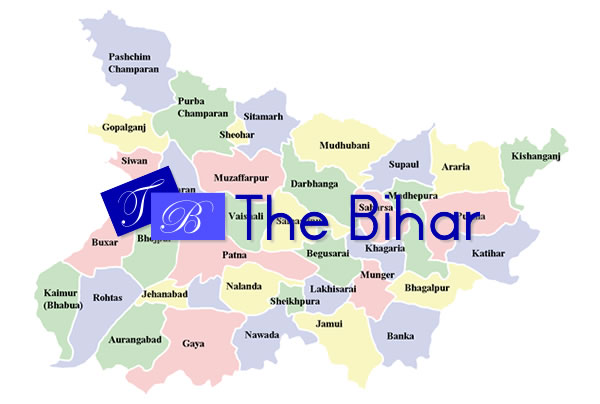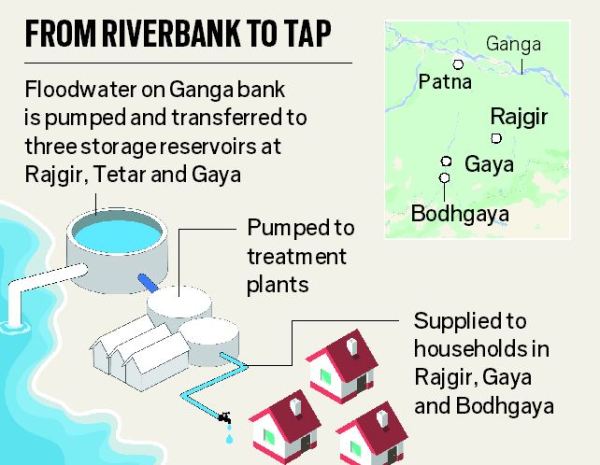Centre removes 44 districts from list of Maoist-hit areas
2 min readNEW DELHI: Among the 44 districts that are no longer categorised as Naxalism-affected, six each are in Bihar and Odisha, 3 each in Andhra Pradesh and Chhattisgarh,1 in Maharashtra and 4 in West Bengal. While Telangana has the largest number of districts to have shed the ‘Left wing extremism-hit’ tag at 19, it is more on account of carving of new districts from the those already affected.
West Bengal now has just 1 LWE-hit district, Jhargram which has been carved out of Maoist-infested areas that hitherto covered the four districts of West Medinipur, Bankura, Purulia and Birbhum.
In Odisha, Keonjhar, Mayurbhanj, Ganjam, Gajapati, Dhenkanal and Jajpur have shed the ‘Naxal-hit’ tag; while in Bihar, Patna, Bhojpur, Sheohar, Sitamarhi, Begusarai and Khagaria have been excluded. In Chhattisgarh, Sarguja, Korea and Jashpur are now no longer categorised as LWE-affected districts, as is the case with Prakasam, Kurnool and Anantapur in Andhra Pradesh. Deogarh and Pakur in Jharkhand and Aheri in Maharashtra have also been struck off the affected districts’ list.
A Union home ministry spokesperson said the review of the security-related expenditure scheme norms was undertaken to pick the Naxal-hit districts eligible for benefit. The affected districts were recategorised based on level of violence and Maoist activity/movement over the past three years.
“The geographical area of Naxal influence has significantly reduced after the review brought down the number of affected districts from 126 to 90 by exclusion of 44 districts, despite the addition of 8 new entries,” said a senior home ministry officer.
Kerala is the 11th beneficiary state under the SRE scheme, with Wayanad, Malappuram and Palakkad getting added to the list of Naxal-hit districts.
Among the most-affected districts — which now total 30 — 13 are in Jharkhand, 8 in Chhattisgarh, 4 in Bihar, 2 in Odisha and 1 each in Andhra Pradesh, Telangana and Maharashtra. As first reported by TOI, Dumka, East Singhbhum and Ramgarh in Jharkhand and Nawada and Muzaffarpur in Bihar are no longer worst-hit by Naxalism.
Of the 90 LWE-affected districts listed now, the maximum (19) are in Jharkhand, 16 in Bihar, 15 in Odisha, 14 in Chhattisgarh, 8 in Telangana, 6 in Andhra Pradesh, 3 each in Maharashtra, Kerala and Uttar Pradesh, 2 in Madhya Pradesh and 1 in West Bengal.
The home ministry on Monday said a multi-pronged strategy of the Modi government, which involves both security and development measures, was to be credited for the shrinking arc of influence of Left-wing extremists.
Among the prominent development works undertaken in Naxal-hit areas under the SRE and other schemes, are setting up of 2,239 mobile towers so far across 10 affected states and proposed installation of 4,072 more. Kendriya Vidyalayas are now functional in 32 of the 35 districts categorised earlier as worst-hit and are under consideration in the remaining 3 such districts. Navodaya Vidyalayas, on the other hand, are functional is all 35 districts.
As many as 8 critical bridges are being built in Naxalite-infested areas under Phase 1 of the rural road project that covers Telangana, Maharashtra, Andhra Pradesh, Odisha, Chhattisgarh and UP. Under the road connectivity project (phase 2) proposals worth Rs 10781 crore have been approved by the Cabinet, said a home ministry spokesperson.
Courtesy: TNN


